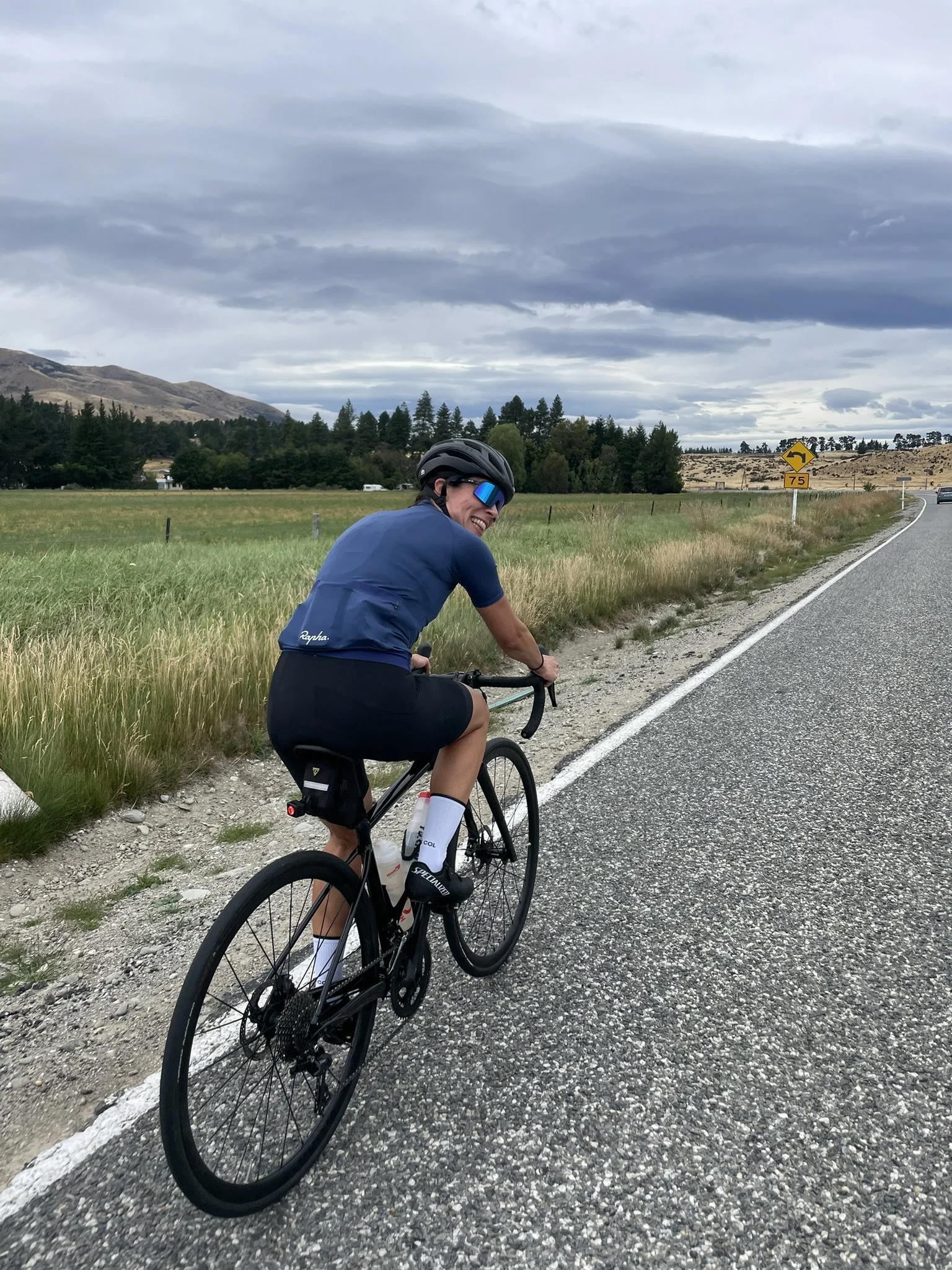The Most Common Triathlon Training Mistakes (and How to Avoid Them)
Learn from others’ errors so you can race smarter, not harder.
Every triathlete has made mistakes, some minor, some spectacular. Whether you’re gearing up for your first race or refining your strategy for the season, avoiding a few classic errors can make a big difference to your experience (and your results).
At Hive Endurance, we’ve seen it all and we’re here to help you avoid the most common triathlon pitfalls. Here are the top mistakes we see, and how to sidestep them with confidence. can offer additional running metrics such as chest oscillation and power estimation.
Going Out Too Hard
The mistake: You feel amazing on the swim start or bike leg… so you smash it early. Then the wheels fall off halfway through the run.
How to avoid it:
Know your pacing zones and stick to them even if others pass you early.
Save your energy for the run, where races are often won (or unravelled).
Practice race-pace efforts in training so your body knows what sustainable feels like.
Poor Nutrition Planning
The mistake: You forget to eat, try something new on race day, or overload your stomach. Result: bonking, GI distress, or both.
How to avoid it:
Practice your nutrition plan in training, not on race day.
Stick to familiar products and time your intake regularly (e.g., every 20–30 mins on the bike).
Don’t neglect hydration especially in hot or humid conditions.
Neglecting Transitions (T1 & T2)
The mistake: You treat transitions as a break, get flustered, or fumble with gear.
How to avoid it:
Lay out your gear logically and consistently.
Practice your transitions at home and after brick workouts.
Know the layout of transition before race day, don’t be the person wandering around looking for their bike.
Ignoring the Weather
The mistake: Wearing a full aero kit on a 30°C day, or forgetting extra layers when it’s cold and wet.
How to avoid it:
Check the forecast and plan your kit accordingly.
If it’s going to be hot, adapt your hydration and pacing strategy.
Always bring backup gear, you can make a game-time decision.
Not Knowing the Course
The mistake: Getting lost, misjudging a climb, or being caught off guard by a no-aero zone or technical corner.
How to avoid it:
Study the course map ahead of time (swim, bike, and run).
Drive or ride parts of the course if possible.
Know where aid stations, hills, and tight turns are so you can pace and fuel strategically.
Skipping Brick Workouts
The mistake: You’ve trained each leg individually, but haven’t practiced what it feels like to run off the bike. Surprise: it’s weird.
How to avoid it:
Include brick sessions (bike + run) in your weekly training.
Even short bricks help your legs and brain adjust.
It’s one of the best ways to improve your run performance off the bike.
Trying Something New on Race Day
The mistake: New shoes, new tri suit, new gels… what could go wrong? (Answer: everything.)
How to avoid it:
Follow the golden rule: nothing new on race day.
Use race rehearsals or tune-up races to test gear and nutrition.
Break in anything new; shoes, wetsuits, even goggles well in advance.
Letting Nerves Take Over
The mistake: You panic on the swim, forget your race plan, or burn energy stressing about things out of your control.
How to avoid it:
Develop a pre-race routine that calms and grounds you.
Focus on what you can control; your breathing, your pacing, your mindset.
Remind yourself: you’ve trained for this. You belong on that start line.
Final Thoughts
Mistakes are part of the triathlon journey but you don’t have to make all of them yourself. By learning from the common errors above, you can race smarter, feel more confident, and enjoy your triathlon experience that much more.
At Hive Endurance, we help athletes prepare for every part of race day from swim start nerves to transition hacks and race strategy. Whether you’re tackling your first sprint or chasing a new Ironman PB, we’re here to make sure you’re ready for whatever the day throws at you.

